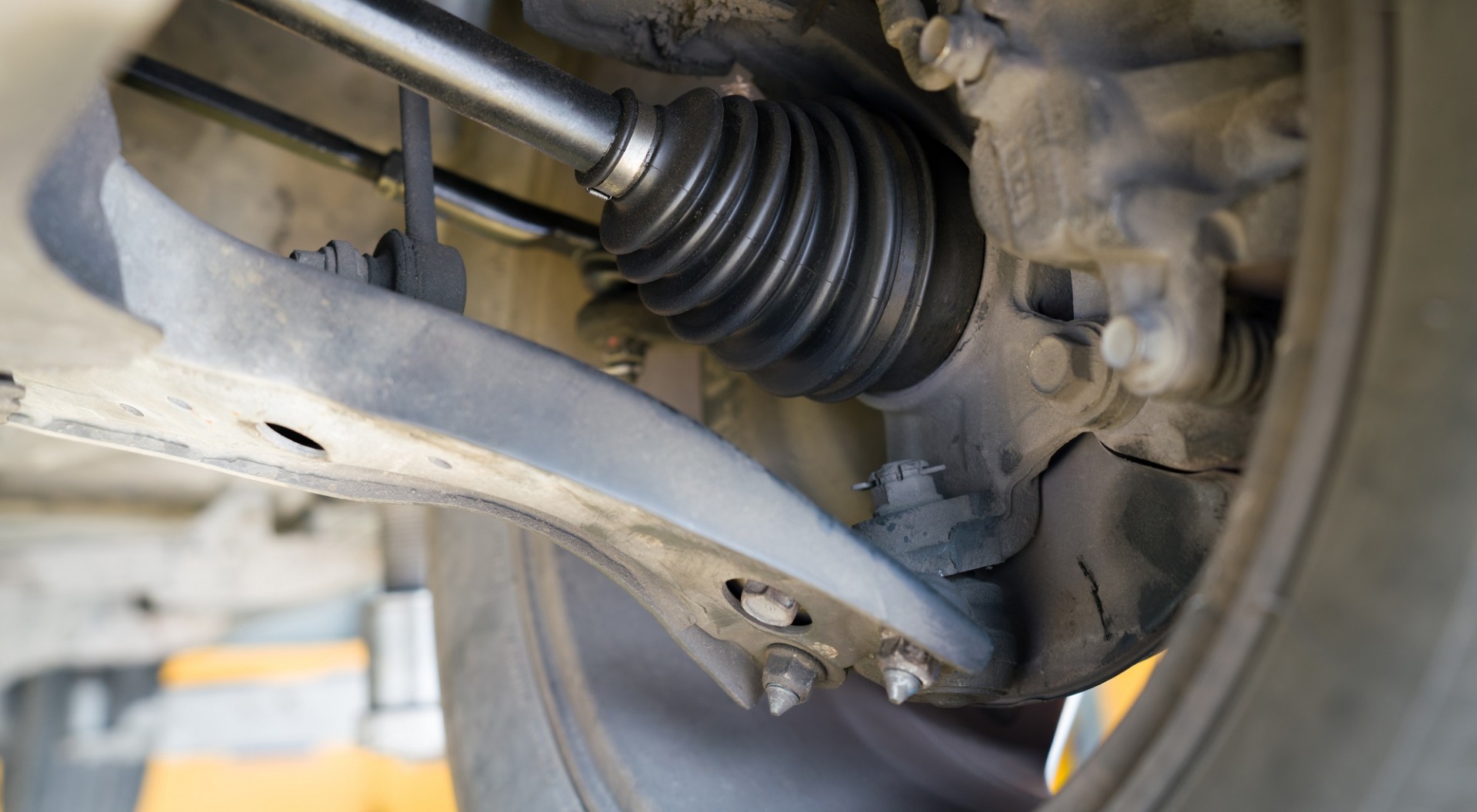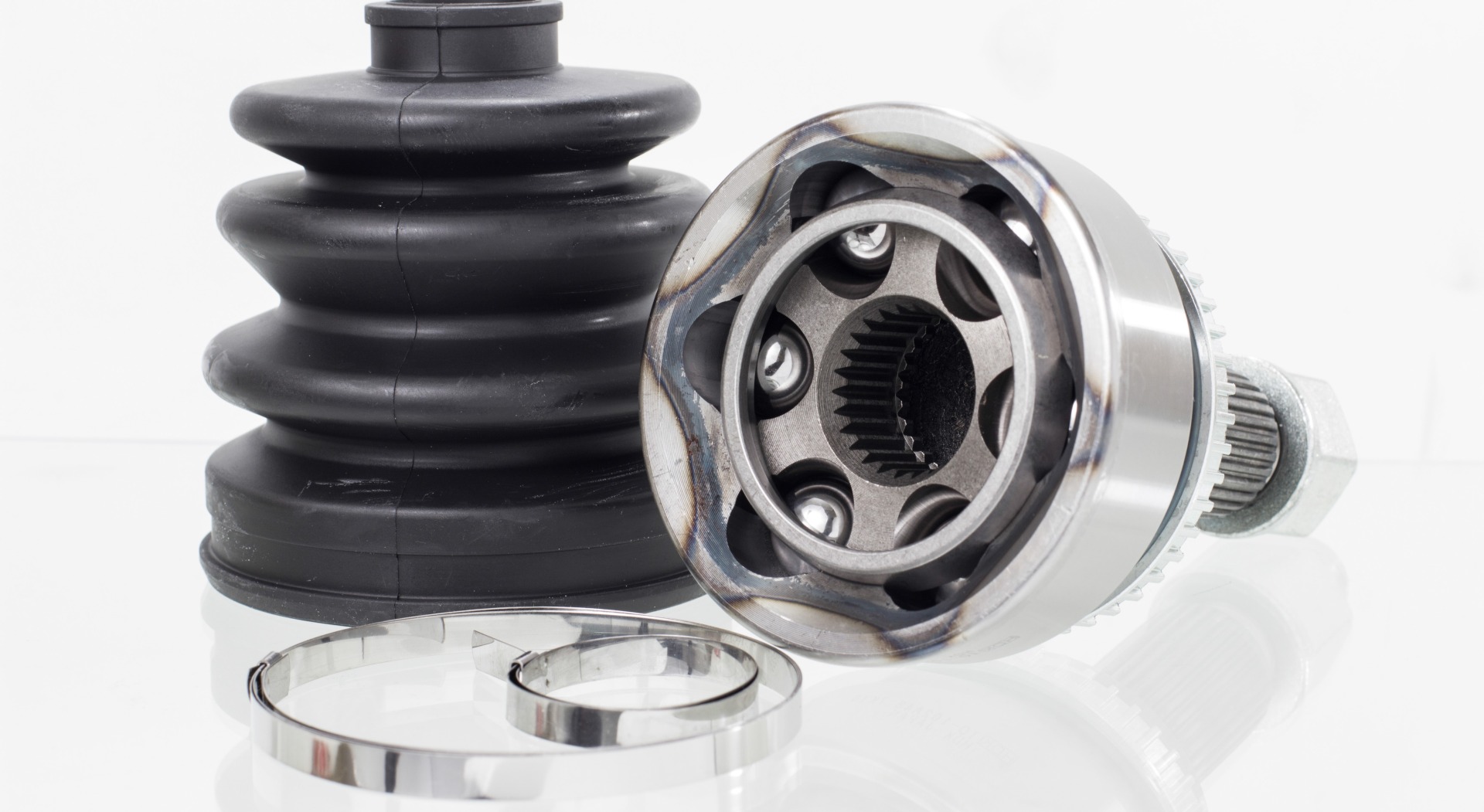By John Pedler and Andrew Clark
Published: Friday, April 12, 2024
Although high-tech electronic gizmos have added push-button convenience to the driving experience, modern vehicles still need clever mechanical components to keep the wheels turning. The constant velocity (CV) joint is a great example of engineering initiative.
Spinning drive shafts running from the transmission provide power to each wheel on a front-wheel drive vehicle. On each end of a drive shaft there’s a constant velocity (CV) joint. The outer joint is near the wheel and the inner joint is near the transmission.

CV joints have greater flexibility than the human wrist. In fact, the flexibility of these joints means drive can be continually provided to the wheels, even during steering and while the suspension is moving the wheels up and down.
This video shows how a CV joint works.
Clever but vulnerable
CV joints comprise a greased bearing assembly covered by a flexible rubber boot. If the boot splits, lubricant can be lost and water and grime can enter the joint and cause damage. A split boot requires urgent attention.

These joints will eventually wear out, particularly if the vehicle spends much of its life in places where tight turns are common, like car parks.
Because outer CV joints must contend with sharp angles at the wheels during steering, they’re likely to wear out quicker than inner joints.
If you hear a clicking or clunking noise coming from the front of your car during sharp turns, chat to your mechanic about the CV joints.